Take the First Step For Estimate!
- Accurancy
- Efficiency
- Transparency
- Customization
- Time Saving
- Professionalism
- Cost Control
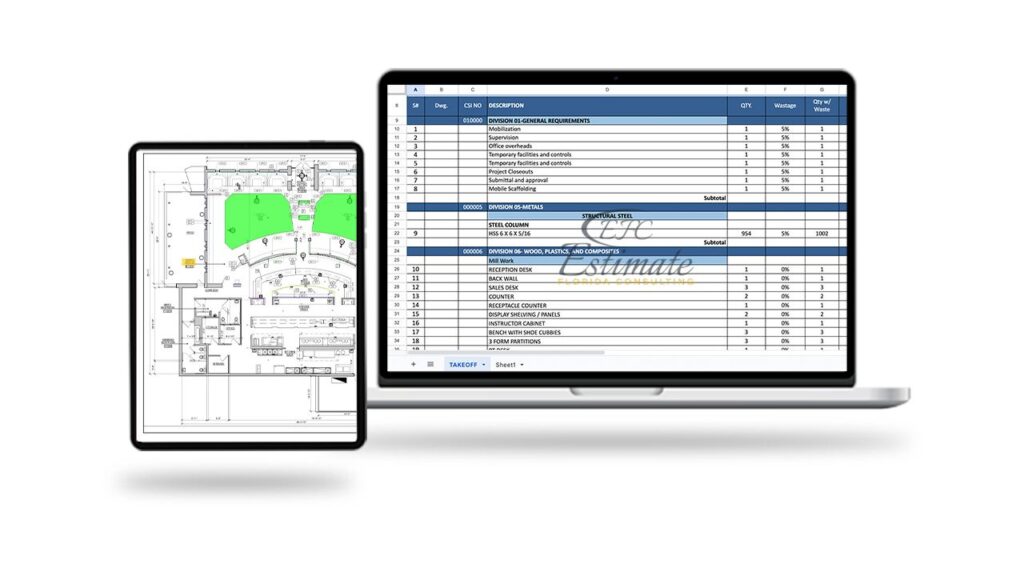
Fire extinguisher installation costs for warehouses vary widely based on factors such as warehouse size, the type of extinguishers required, and the quantity needed. Budget estimates typically fall into three ranges: In the low range, basic ABC dry chemical extinguishers may cost between $1,000 to $3,000, suitable for smaller warehouses with minimal protection needs. In the mid-range, which can range from $3,000 to $7,000, a more comprehensive installation involves various extinguisher types placed at multiple locations.
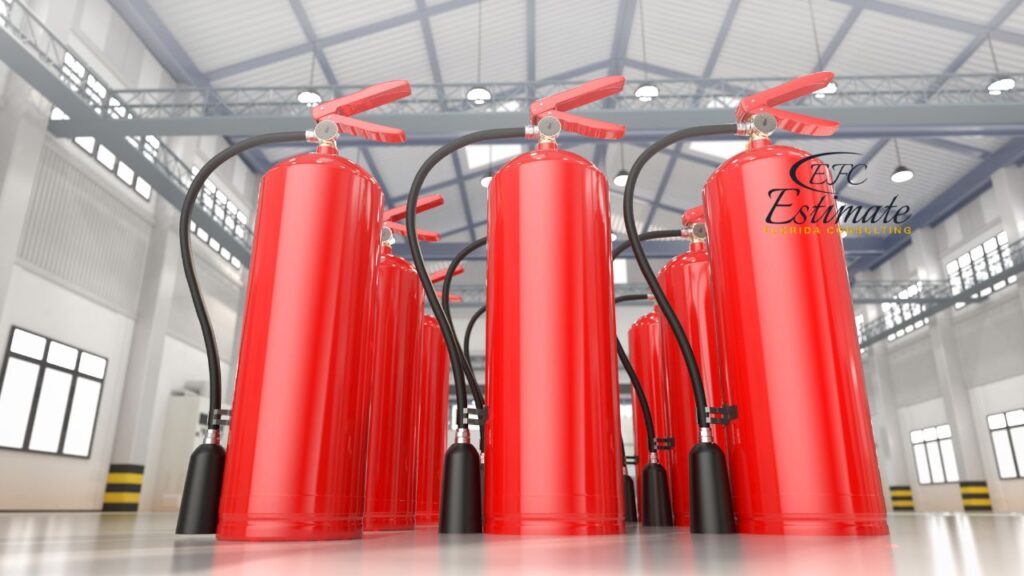
High-range budgets, costing $7,000 to $15,000 or more, are designed for larger and complex warehouses with higher fire risks or specific compliance requirements.

Extinguisher Type | Cost Range |
Basic ABC Dry Chemical | $1,400 – $4,200 |
Comprehensive Installation | $4,200 – $9,800 |
High-Risk or Compliance | $9,800 – $21,000 or more |
Water and foam fire extinguishers are designed to combat Class A fires, which involve ordinary combustible materials such as wood, paper, fabric, and plastics. These extinguishers work by cooling the flames and removing the heat element of the fire. The water cools down the burning material, while foam extinguishers smother the fire by forming a barrier between the flames and the oxygen.
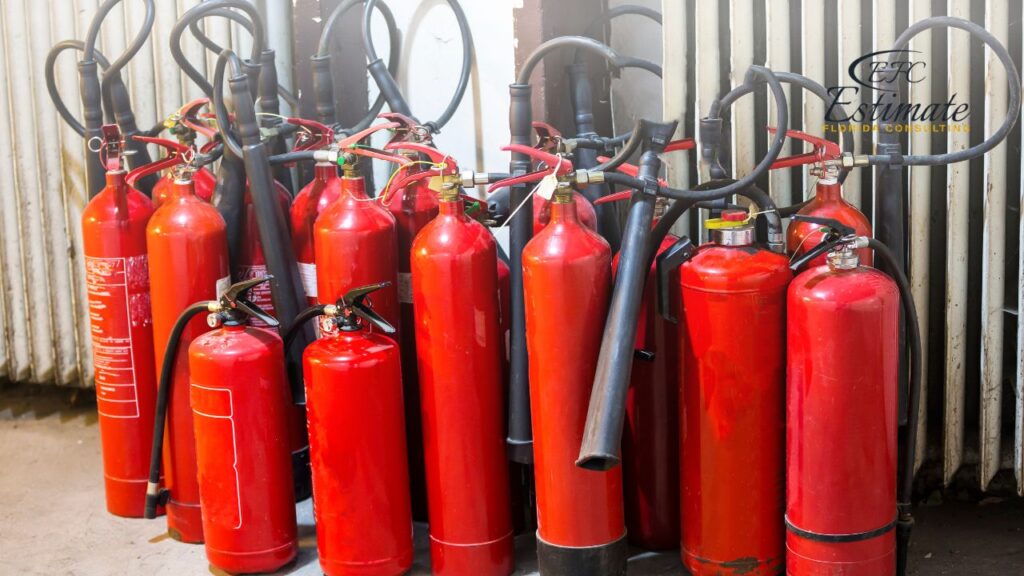
These extinguishers are typically not recommended for warehouse environments with electrical equipment or flammable liquids, as they can conduct electricity and potentially spread flammable liquid fires. However, they are effective for fires involving common combustibles and are often found in non-industrial settings.
CO2 fire extinguishers are versatile and suitable for Class B (flammable liquids) and Class C (electrical) fires. They are effective at smothering fires by displacing oxygen and removing the heat element. In warehouse environments, where electrical equipment and flammable liquids may be present, CO2 extinguishers are valuable tools for quick and efficient fire control. Their non-conductive nature makes them safe for use on electrical fires without the risk of electric shock. However, it’s essential to be cautious when using CO2 extinguishers in confined spaces, as they can displace oxygen, potentially posing a suffocation hazard.
Dry chemical fire extinguishers are versatile and cover a wide range of fire classes, including Class A (ordinary combustibles), Class B (flammable liquids), and Class C (electrical) fires. This versatility makes them a popular choice for warehouses with diverse fire risks. Dry chemical extinguishers contain a powdered chemical that smothers the fire and interrupts the chemical reaction, effectively extinguishing it. These extinguishers are available in various types, such as ABC or BC, indicating the classes of fires they can combat. They are effective for tackling fires involving common materials found in warehouses, including paper, wood, flammable liquids, and electrical equipment.
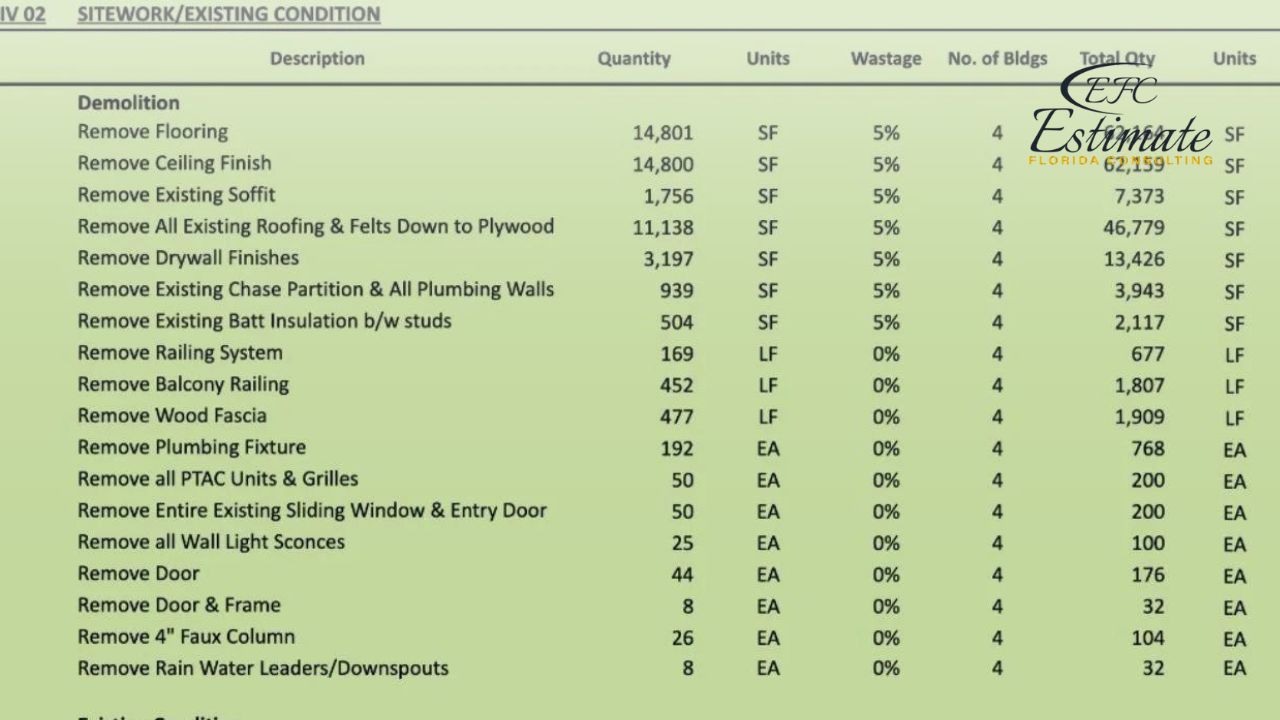
ZIP Code Based Estimate
Highly Accurate
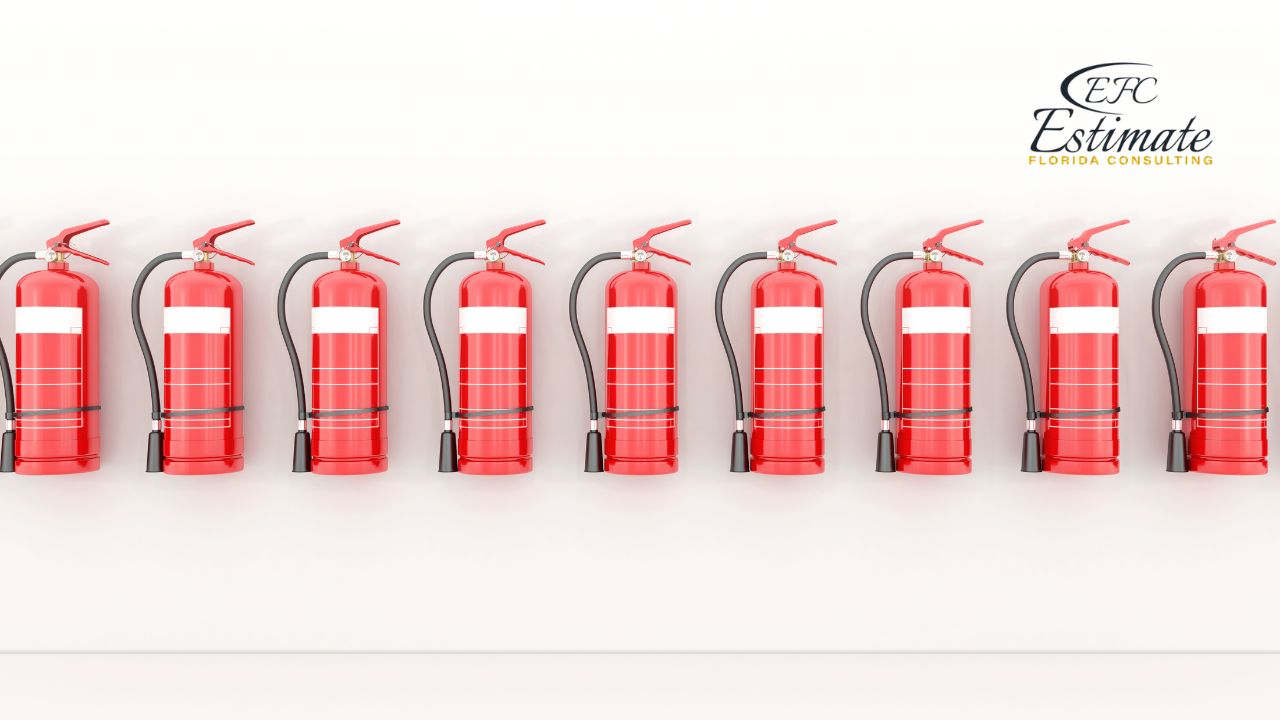
Fully Insured License
Hire Contractor for Warehouse

Make Informed Design Decisions Showcase Your Design Ideas
Get RenderingWet chemical fire extinguishers are primarily designed for Class K fires, which involve cooking oils and fats typically found in commercial kitchens. However, they are also effective on Class A fires. In a warehouse setting, wet chemical extinguishers may find use in kitchen areas or where Class A fire hazards exist. They work by cooling and emulsifying the hot cooking oil or fat, preventing re-ignition. The wet chemical creates a barrier on the surface of the burning material, reducing the risk of flare-ups. While not a warehouse’s primary fire extinguisher, they can be a valuable addition in specific areas where Class K fire risks are present.
Clean agent fire extinguishers are ideal for protecting sensitive electronic equipment and are effective against Class B (flammable liquids), Class C (electrical), and sometimes Class A fires. These extinguishers use a non-conductive and non-corrosive agent to extinguish fires. In a warehouse environment with valuable electronic assets or data centers, clean agent extinguishers are essential for minimizing damage while extinguishing fires without leaving residue. They are suitable for fires involving flammable gases, solvents, and electrical equipment. Clean agent extinguishers are also preferred in environments where water or foam could cause collateral damage or harm sensitive equipment.
The type and number of fire extinguishers required significantly impact installation costs. Different fire extinguisher types are designed to combat specific fire classes, as discussed earlier. Determining the appropriate mix of extinguisher types to address the warehouse’s fire hazards is essential. The quantity of extinguishers needed depends on the size and layout of the facility, with larger warehouses generally requiring more units for adequate coverage. Additionally, specialized extinguishers, such as those for Class K fires or clean agent extinguishers, may come at a higher cost than standard ABC dry chemical extinguishers.
Compliance with local fire safety regulations is a non-negotiable aspect of fire extinguisher installation. Regulations may specify the minimum number, type, and placement of fire extinguishers based on the warehouse’s size and occupancy. Failing to adhere to these regulations can result in legal repercussions and pose safety risks. To ensure compliance, warehouse owners must factor in the cost of meeting regulatory requirements when budgeting for installation.
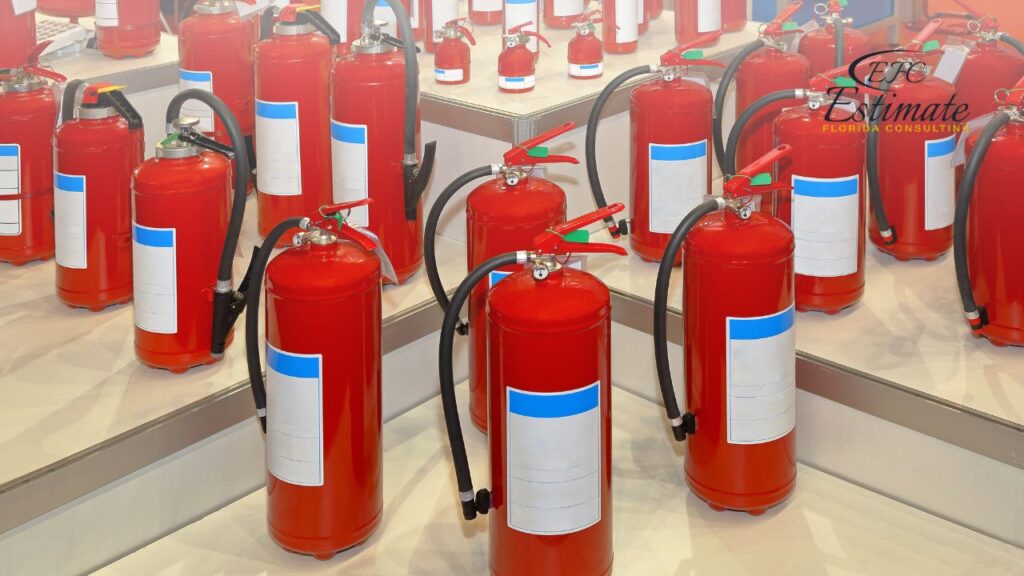
The physical dimensions and layout of the warehouse play a crucial role in installation costs. Larger warehouses necessitate more fire extinguishers to provide sufficient coverage across the entire facility. The layout also affects the placement of extinguishers, with considerations for accessibility, proximity to fire risks, and the presence of potential obstructions. Complex layouts or multi-story warehouses may require additional installation effort and resources, contributing to higher costs.
The complexity of the installation process can vary based on factors like the warehouse’s structural features, accessibility, and the need for specialized mounting systems or cabinets. Some installations may involve wall mounting, ceiling mounting, or floor stands, depending on the location and fire risks. Additionally, warehouses with unique challenges, such as narrow aisles or high shelving, may require custom installation solutions that can increase costs. Ensuring that extinguishers are strategically placed for effective fire response is essential but may require additional resources.
Alongside fire extinguishers, additional safety equipment and signage may be necessary to enhance fire protection. This can include fire extinguisher cabinets or enclosures, wall brackets or stands, fire hose reels, and emergency signage indicating the location of extinguishers. These components add to the overall installation costs but are essential for ensuring the accessibility and functionality of extinguishers during emergencies.
New projects are waiting for you.
Connect with more construction leads!
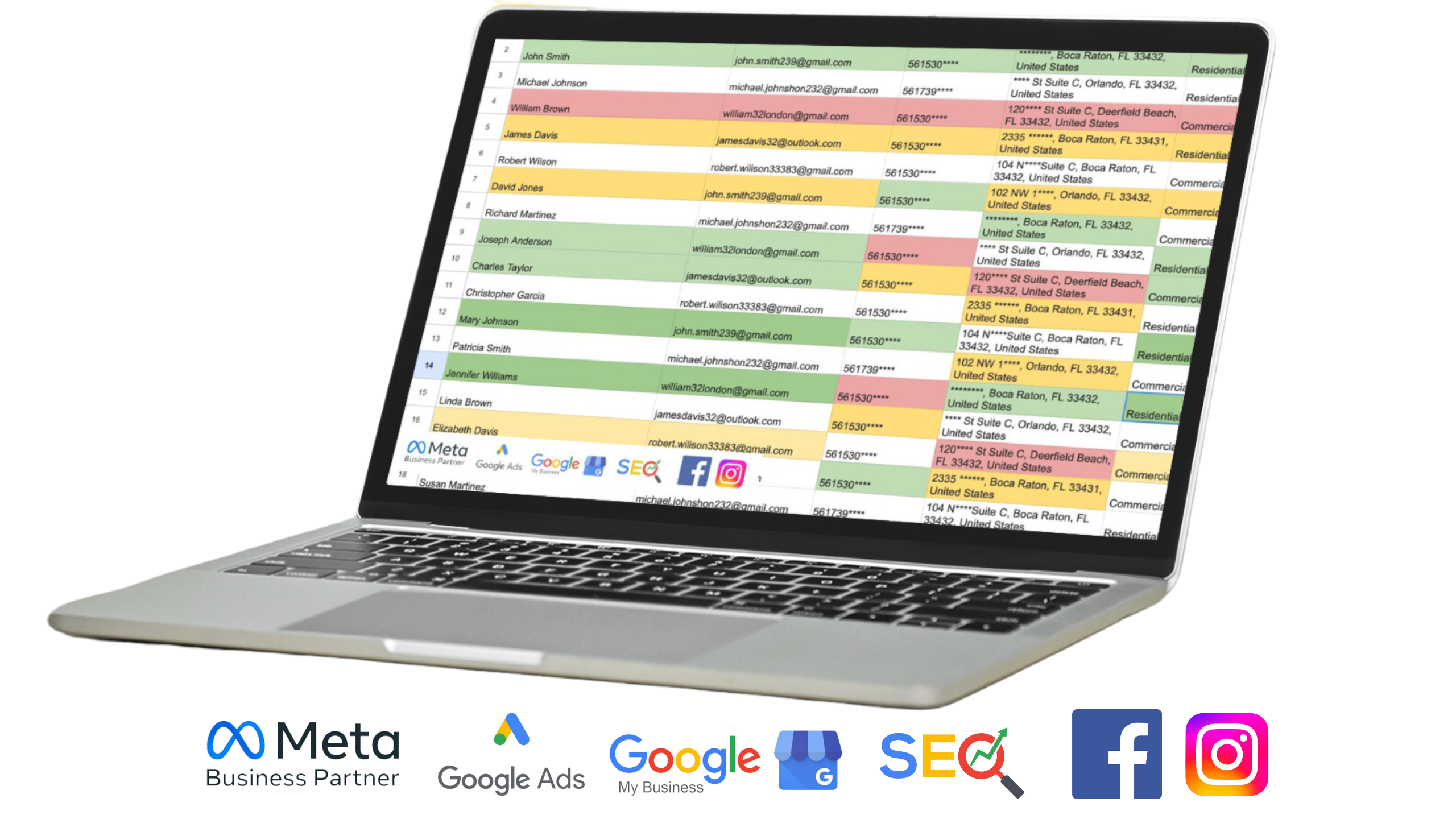
Labor costs associated with the installation process should not be overlooked. This includes the cost of hiring qualified technicians or contractors to perform the installation work. The expertise and experience of the installation team can impact the quality and efficiency of the installation process, affecting overall costs.
While not directly related to installation, it’s vital to consider ongoing maintenance and inspection costs as part of the overall fire protection budget. Regular inspections and servicing of fire extinguishers are essential for ensuring their continued functionality and compliance with safety standards. Neglecting maintenance can lead to deferred maintenance costs and impact the long-term effectiveness of the fire extinguisher system.
One of the most effective cost management strategies for fire extinguisher installation in warehouses is to conduct a thorough assessment of the specific fire risks within the facility. This assessment involves identifying the types of materials and equipment present, as well as evaluating the likelihood of various fire classes occurring. By understanding the unique fire hazards in the warehouse, you can make informed decisions about the types and quantities of fire extinguishers needed. For example, if the assessment reveals a higher risk of Class B fires involving flammable liquids, prioritizing the installation of CO2 or foam extinguishers in relevant areas can be more cost-effective than a one-size-fits-all approach. Tailoring the extinguisher selection to the warehouse’s actual fire risks optimizes cost management by avoiding unnecessary expenses on less-relevant extinguisher types.
Implementing a regular maintenance schedule is essential for cost-effective fire extinguisher management in warehouses. While maintenance may incur ongoing expenses, it is a critical strategy to ensure that extinguishers remain operational over time and do not require premature replacements. Regular maintenance includes inspections, servicing, and pressure checks to verify that the extinguishers are in good working condition. Neglecting maintenance can result in deferred maintenance costs, as minor issues can escalate into major problems that necessitate costly repairs or replacements.
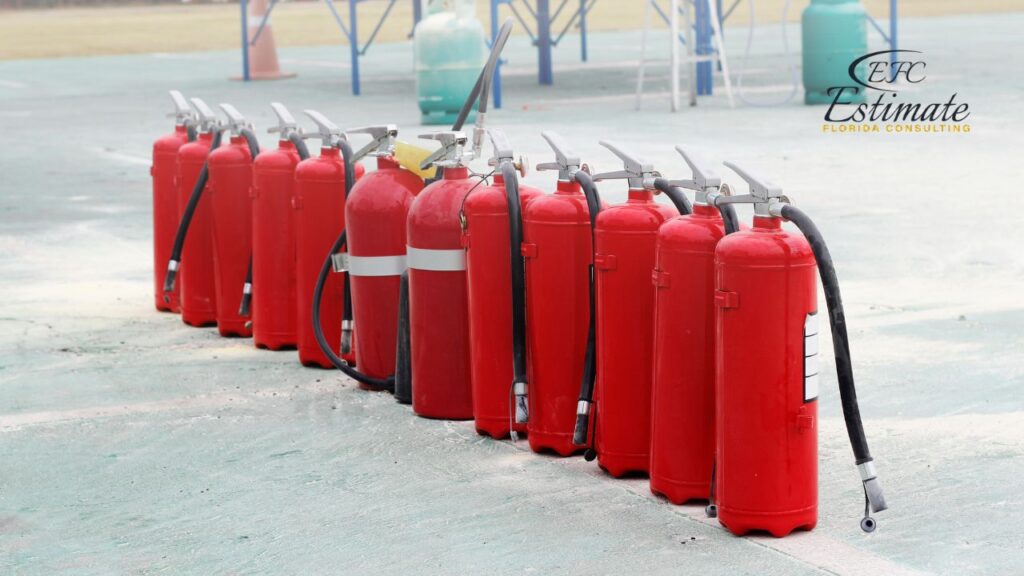
By budgeting for routine maintenance, warehouses can extend the lifespan of their fire extinguishers, reduce the risk of emergency interventions, and ultimately achieve long-term cost savings. Maintenance costs should be considered a fundamental aspect of the fire extinguisher management budget.
Warehouses can achieve cost savings through bulk purchasing of fire extinguishers and negotiating discounts with suppliers or manufacturers. Buying extinguishers in larger quantities allows you to benefit from economies of scale, potentially leading to lower unit costs. Negotiating discounts with suppliers can further reduce the overall procurement expenses. Establishing a long-term partnership with a reliable supplier can also lead to favorable pricing arrangements. Additionally, consider exploring group purchasing options or consortiums if applicable, as these can provide collective bargaining power and more substantial discounts. Implementing a strategic procurement approach not only lowers initial costs but also contributes to ongoing cost management by optimizing extinguisher acquisition expenses.
Investing in staff training for routine fire extinguisher maintenance tasks can significantly contribute to cost management. Warehouse managers can provide training to employees responsible for inspections, servicing, and basic maintenance activities. Equipping in-house staff with the knowledge and skills to perform these tasks reduces the reliance on external service providers for minor issues. In-house maintenance teams can respond quickly to routine maintenance needs, saving time and minimizing expenses associated with outsourcing. While complex repairs and specialized services may still require professional assistance, having a trained in-house team for routine tasks contributes to overall cost efficiency and ensures that extinguishers receive regular attention, enhancing their longevity and effectiveness.
Exploring available government grants, incentives, or tax credits related to fire safety equipment can be a valuable cost management strategy for warehouses. Many regions offer financial assistance to encourage businesses to enhance fire safety measures, including the installation and maintenance of fire extinguishers. These programs can significantly offset costs associated with extinguisher management and maintenance. However, it’s essential to research and understand the eligibility criteria, application processes, and deadlines for such incentives to maximize their benefits. Leveraging these opportunities not only reduces the financial burden but also aligns with broader safety and compliance objectives, contributing to cost-effective fire extinguisher management.
Let us take your project to the next level! Send us your plans, and we’ll provide a detailed estimate with competitive pricing. Our ZIP Code-based approach means better accuracy and a 90% higher chance of winning bids. Get personalized, no-shortcut service every time.
Maintaining comprehensive documentation and record-keeping practices is another cost management strategy for fire extinguisher management. Accurate records of extinguisher installations, inspections, servicing, and maintenance activities help track the condition and history of each extinguisher. This documentation enables warehouse managers to identify trends, assess the performance of specific extinguishers, and make informed decisions about maintenance and replacements. It also facilitates compliance with regulatory requirements and ensures that extinguishers are consistently up to date. Effective record-keeping contributes to cost management by reducing the likelihood of unnecessary replacements and enhancing the overall efficiency of extinguisher management processes.
Fire extinguisher installation costs for warehouses are influenced by various factors, including the types and quantities of extinguishers, warehouse size and layout, local regulations, installation complexity, and ongoing maintenance. To manage costs effectively, warehouses should assess specific fire risks, consider bulk purchasing and discounts, establish regular maintenance schedules, invest in in-house expertise, explore government incentives, and maintain comprehensive documentation. By implementing these strategies, warehouses can ensure optimal fire protection while minimizing expenses and ensuring compliance with safety standards.
The cost of fire extinguisher installation depends on warehouse size, the type of extinguishers required, and the quantity needed. For instance, basic ABC dry chemical extinguishers may cost between $1,400 to $4,200, while more comprehensive installations can range from $4,200 to $9,800.
Assessing the size, layout, and potential fire hazards of your warehouse is crucial. Low-range budgets, ranging from $1,000 to $3,000, may suffice for smaller warehouses with minimal protection needs, while high-range budgets, costing $7,000 to $15,000 or more, are suitable for larger warehouses with higher fire risks or specific compliance requirements.
Yes, warehouse owners should adhere to local fire safety regulations and compliance standards when installing fire extinguishers. High-range budgets, costing $7,000 to $15,000 or more, often cater to warehouses with specific compliance requirements.
In addition to installation costs, warehouse owners should budget for annual inspection and maintenance costs. These costs can vary but typically range from $50 to $100 per extinguisher per year.
Estimate Florida Consulting offers a Fire Extinguisher Installation Cost Estimator tailored specifically for warehouses. Our expertise ensures accurate estimates based on warehouse size, required extinguisher types, and compliance requirements, providing cost ranges from $1,400 to $21,000 or more, depending on your warehouse’s specific needs.
Here I am going to share some steps to get your fire extinguisher installation cost for warehouses estimate report.
You can send us your plan on info@estimatorflorida.com
Before starting your project, we send you a quote for your service. That quote will have detailed information about your project. Here you will get information about the size, difficulty, complexity and bid date when determining pricing.
Our team will takeoff and estimate your project. When we deliver you’ll receive a PDF and an Excel file of your estimate. We can also offer construction lead generation services for the jobs you’d like to pursue further.

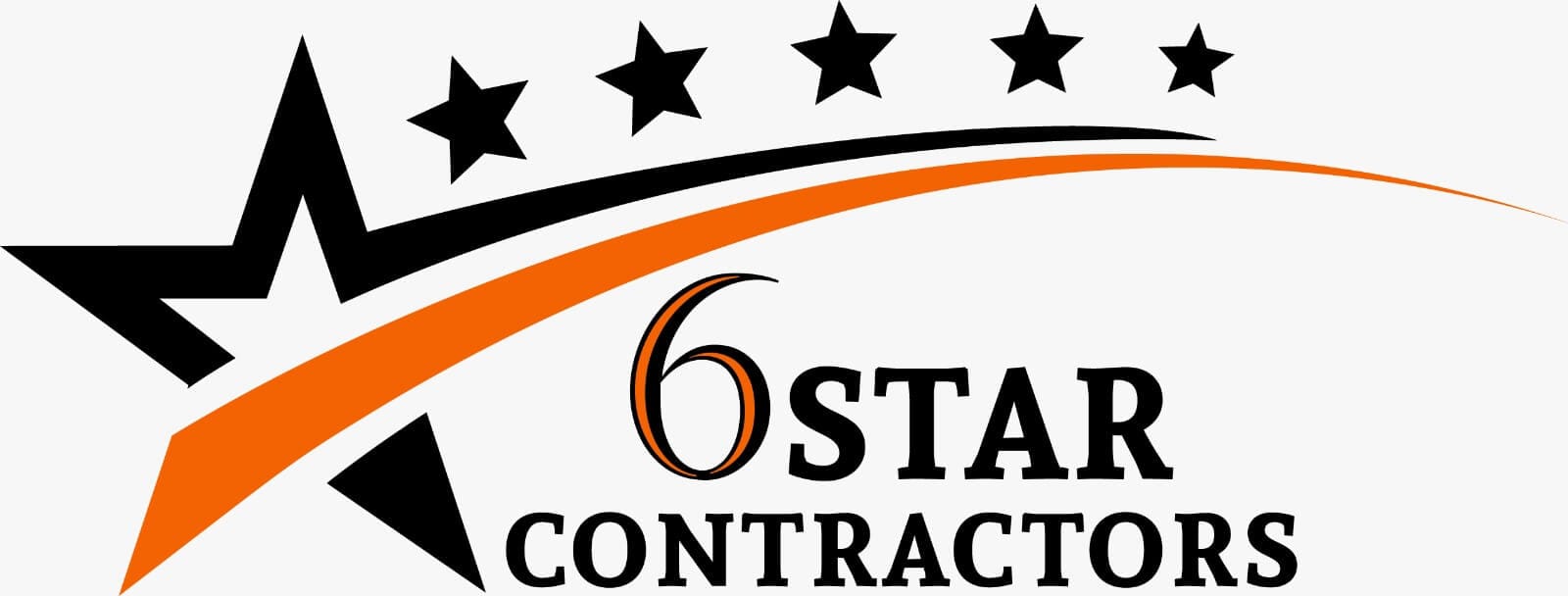

561-530-2845
info@estimatorflorida.com
Address
5245 Wiles Rd Apt 3-102 St. Pete Beach, FL 33073 United States
561-530-2845
info@estimatorflorida.com
Address
5245 Wiles Rd Apt 3-102 St. Pete Beach, FL 33073 United States
All copyright © Reserved | Designed By V Marketing Media | Disclaimer